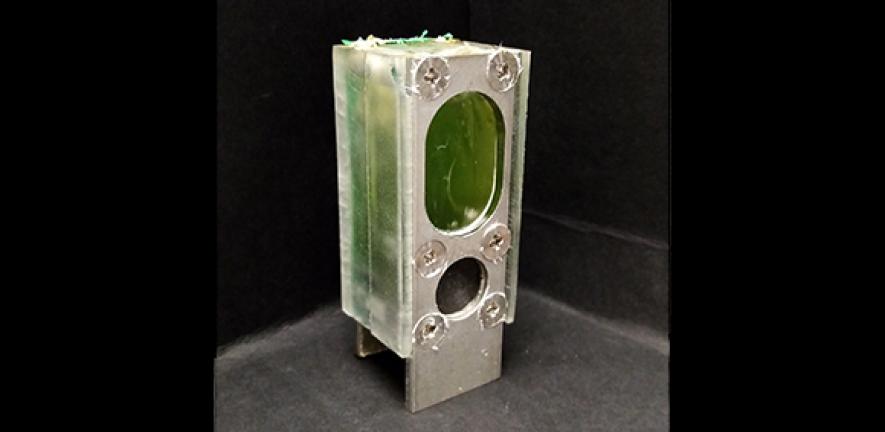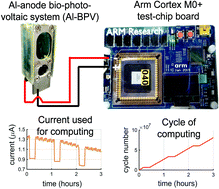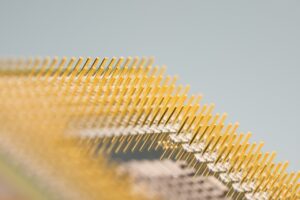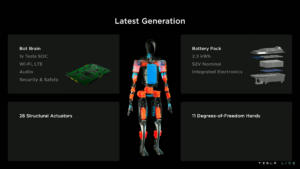
Cambridge (England). Scientists from the University of Cambridge have teamed up with the company ARM to investigate whether you can power a computer with light and water. According to their publication in the journal Energy & Environmental Science (doi: 10.1039/D2EE00233G), they developed a biological energy cell with the volume of a conventional AA battery. It contains a common species of algae called Synechocystis. The low current emitted by the species is conducted by an aluminum electrode to a microprocessor.
 During photosynthesis, low levels of electrical energy are generated, which are captured in the biological energy cell with aluminum electrodes. As part of the experiment, an ARM Cortex M0+ processor has been supplied with sufficient power for more than a year now. The microprocessor manages with little energy, which is why it is used in many applications of the “Internet of Things” (IoT). The biological energy cell required for this can also be produced easily and is inexpensive.
During photosynthesis, low levels of electrical energy are generated, which are captured in the biological energy cell with aluminum electrodes. As part of the experiment, an ARM Cortex M0+ processor has been supplied with sufficient power for more than a year now. The microprocessor manages with little energy, which is why it is used in many applications of the “Internet of Things” (IoT). The biological energy cell required for this can also be produced easily and is inexpensive.
The experiment was conducted in a “domestic semi-outdoor environment” where usual temperature fluctuations occurred and natural light was available for photosynthesis. There was no artificial lighting. Nevertheless, the algae also generated electricity at night. According to the researchers, this is probably due to the fact that enough food was produced by photosynthesis during the day, the processing of which then continued in the dark. The computer could therefore be permanently supplied with electricity by the biological energy cell.
“We were amazed at how consistently the system worked over a long period of time. We thought it would stop working after a few weeks, but it just kept going,” says Paolo Bombelli, who (as first author) summarized the results of the experiment in a study.
To produce the biological energy cell, the scientists used only inexpensive and easily recyclable materials. The biological “battery” could therefore be produced in industrial quantities. The use in sensors and other devices with low power consumption is particularly conceivable. The researchers also believe that algae could also be used to power small devices in the future.
Billions of small processors are already connected to the internet in the “Internet of Things”. They usually provide environmental data such as movement data from smartwatches, or temperature data from weather stations. The biological energy cell could replace rechargeable batteries here and thus represent an environmentally friendly alternative.






